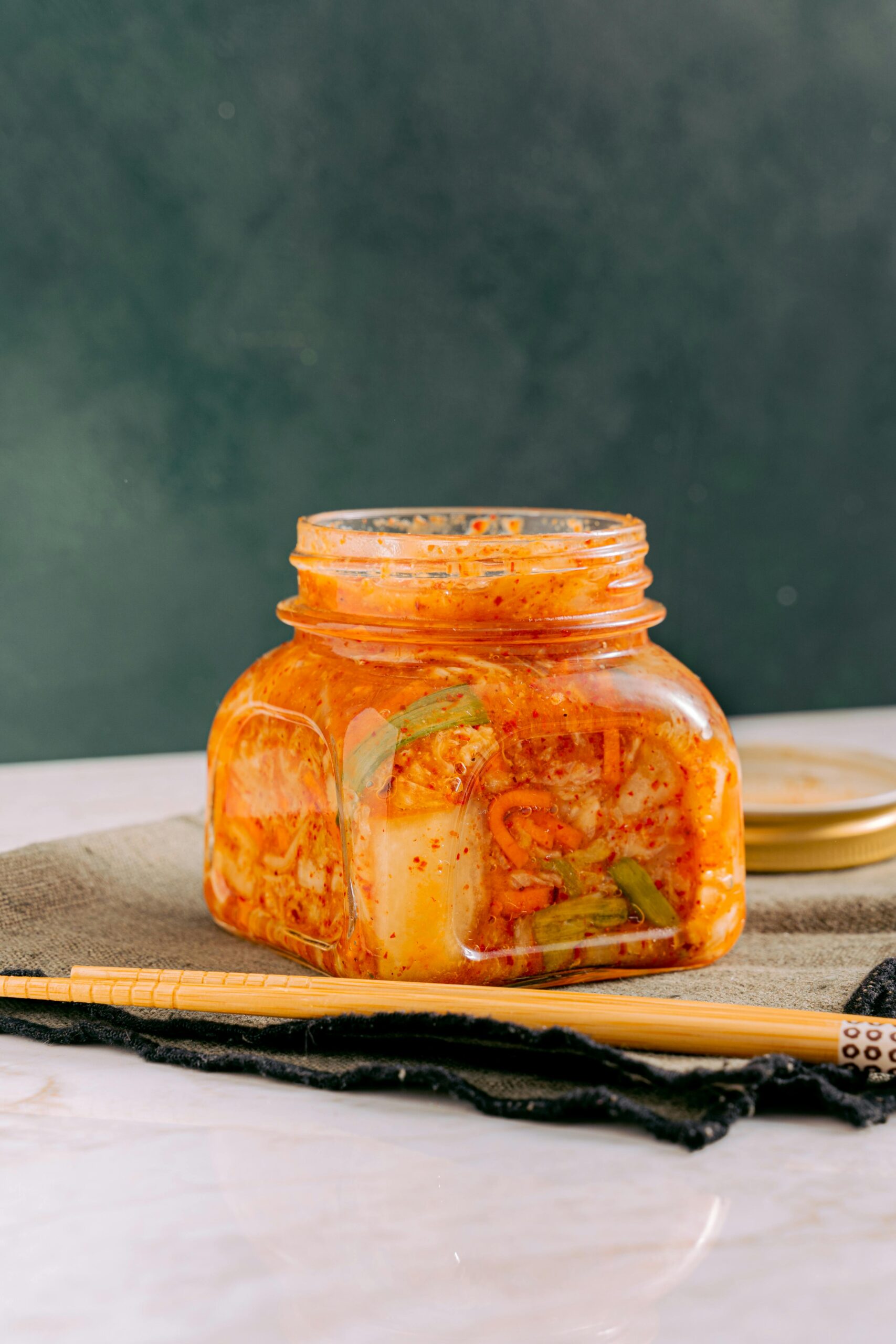Introduction
Korean cuisine is a rich tapestry woven with centuries of tradition, regional variety, and dynamic flavors. Much more than just spicy kimchi and barbecue, Korean delicacies embrace a profound respect for balance, fermentation, and seasonal ingredients. These dishes tell stories—from the slow craft of age-old recipes to the communal spirit found around the dining table. In this edition, we embark on a flavorful journey across the Korean culinary landscape, exploring iconic dishes, the art of fermentation, the harmony of street food, and unique ingredients that set Korean delicacies apart. Whether you’re a seasoned traveler or a curious foodie, this deep dive promises to enhance your appreciation for Korea’s culinary artistry and its cultural roots.
The Foundations: Staples and Signature Flavors
At the heart of every Korean meal lies rice, often served alongside an array of banchan (side dishes) that transform even the simplest bowls into a symphony of tastes and textures. Key ingredients—like gochujang (fermented red chili paste), ganjang (soy sauce), and sesame oil—form the bedrock for distinctive flavors. Traditional staples such as bibimbap (rice mixed with vegetables, egg, and meat) and bulgogi (marinated grilled beef) encapsulate the delicate interplay between savory, sweet, and spicy. These foundational elements champion both harmony and variety, inviting diners to mix and discover new combinations with every bite.
Fermentation: The Living Heart of Korean Cuisine
Fermentation is more than a technique in Korea—it is an art form that imparts complexity, health benefits, and sustainability to many delicacies. Kimchi, perhaps the country’s most famous export, is a prime example, but the repertoire extends much further. Staples like doenjang (fermented soybean paste), cheonggukjang (rich soybean soup), and various pickled vegetables foster deep, umami-laden profiles. These foods not only define umami in Korean cuisine, but also reflect a philosophy of nurturing through time-intensive care, transforming humble vegetables and beans into culinary essentials passed from one generation to the next.
From Market to Table: Korea’s Street Food Culture
No exploration of Korean delicacies would be complete without a stroll through the vibrant world of street food. Bustling markets serve up treats like tteokbokki (spicy rice cakes), hotteok (sweet filled pancakes), and eomuk (fish cake skewers), often cooked right before your eyes. These offerings highlight accessibility and creativity, uniting people from different walks of life over shared flavors. Ingredients are sourced fresh and recipes evolve, reflecting both the local spirit and the inventive use of fermentation and sauces found in everyday cooking.
Unique Ingredients and Regional Specialties
Korean delicacies are brought to life by distinctive ingredients such as perilla leaves, wild edible greens, and seafood like abalone or octopus, which appear frequently in coastal regions. Each province presents its own culinary signatures: Jeonju’s bibimbap, Jeju’s black pork, and Andong’s braised chicken. Seasonality further heightens these specialties, ensuring that dishes are enjoyed at their flavorful prime. This deep connection to land and sea embodies the Korean ethos of eating in harmony with nature—a tradition equally celebrated at elegant banquets or humble home tables.
Conclusion
Korean delicacies are far more complex than a simple inventory of dishes—they capture a philosophy of seasonality, community, and transformation. From the essential staples and fermented creations to the playful world of street snacks and the celebration of local specialties, each plate reflects care and cultural pride. Whether enjoyed as part of a large family gathering or picked up on the go, these foods invite connection and exploration. Embracing Korean cuisine means tasting history, savoring innovation, and joining a living tradition that continues to evolve while honoring its roots.
